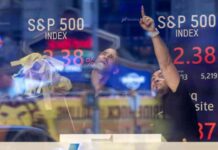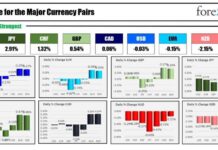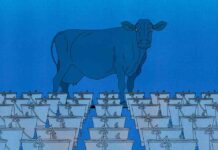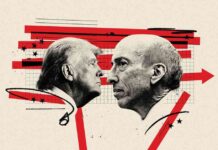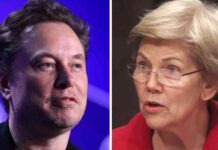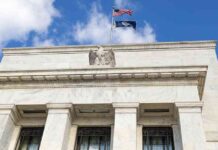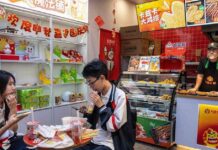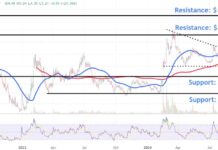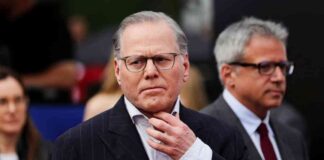Trade Hawk: Donald Trump’s Imprisoned Strategist Planning Future Actions
As the anticipation builds for America’s upcoming election in November, the focus shifts to the economic policies that could potentially be pursued if former President Donald Trump secures another term in office. While many are seeking insights from Trump’s allies, there is one individual within his circle who holds a significant amount of influence, despite his current confinement. That person is none other than inmate number 04370-510, residing in the Federal Correctional Institution of Miami.
In the world of politics and economics, the figure known as Trump’s “trade hawk” is a key player, even from behind bars. Speculations about his next moves and strategies are rife, as stakeholders attempt to decipher the potential impact of his decisions on various sectors. The intrigue surrounding this imprisoned strategist is palpable, as his actions could have far-reaching consequences for the country’s economic landscape.
The Resilience of Trump’s Trade Agenda
Despite his incarceration, Trump’s trade hawk remains active and engaged in shaping future policies. The rumors of the demise of his trade deals are greatly exaggerated, as his influence continues to linger in the corridors of power. The resilience of his trade agenda is a testament to the enduring legacy of his economic strategies, which have left a lasting impact on global trade dynamics.
One of the key focal points of Trump’s trade policies has been the relationship with China. Despite ongoing tensions and disputes, the trade hawk’s approach towards China remains a critical factor in shaping the economic landscape. The efforts to maintain a balance between competition and cooperation with China reflect the complexities of international trade dynamics and the strategic importance of managing these relationships effectively.
The Impact of Trump’s Imprisonment on Economic Planning
The imprisonment of Trump’s strategist has undoubtedly created a void in the realm of economic planning and strategy. The absence of his direct involvement in decision-making processes has forced stakeholders to recalibrate their approaches and adapt to the changing dynamics. The need to navigate this new terrain without the direct guidance of the trade hawk poses a unique challenge for those seeking to align their interests with the former president’s economic vision.
The constraints imposed by his incarceration have prompted a reevaluation of the strategies and tactics employed by Trump’s allies and supporters. The shift towards a more decentralized approach to economic planning reflects the evolving landscape of political and economic decision-making in the absence of direct leadership. The challenge lies in maintaining coherence and alignment with the overarching goals and objectives of Trump’s economic agenda, despite the limitations imposed by his confinement.
The Future of Trump’s Economic Policies
Looking ahead to the future, the question of how Trump’s economic policies will evolve in the aftermath of his potential re-election looms large. The specter of uncertainty surrounding his future actions and strategies adds a layer of complexity to the already intricate landscape of economic planning and policy-making. The need to anticipate and adapt to the changing dynamics of Trump’s economic agenda remains a priority for all stakeholders involved in shaping the country’s economic trajectory.
As the countdown to the election draws closer, the anticipation and speculation surrounding Trump’s next moves only intensify. The influence of his imprisoned strategist continues to cast a long shadow over the economic landscape, as stakeholders grapple with the implications of his potential return to power. The future of Trump’s economic policies hangs in the balance, awaiting the next chapter in the tumultuous saga of his presidency.
In conclusion, the imprisoned strategist known as Trump’s trade hawk remains a formidable force in shaping the future of America’s economic policies. Despite his confinement, his influence continues to reverberate through the corridors of power, leaving a lasting impact on the country’s economic landscape. The resilience of his trade agenda, the impact of his imprisonment on economic planning, and the uncertainty surrounding the future of his economic policies all contribute to the intricate tapestry of political and economic dynamics at play in the lead-up to the election. As the world waits with bated breath for the next chapter in this unfolding saga, one thing remains certain – the trade hawk’s legacy lives on, shaping the contours of America’s economic future.

